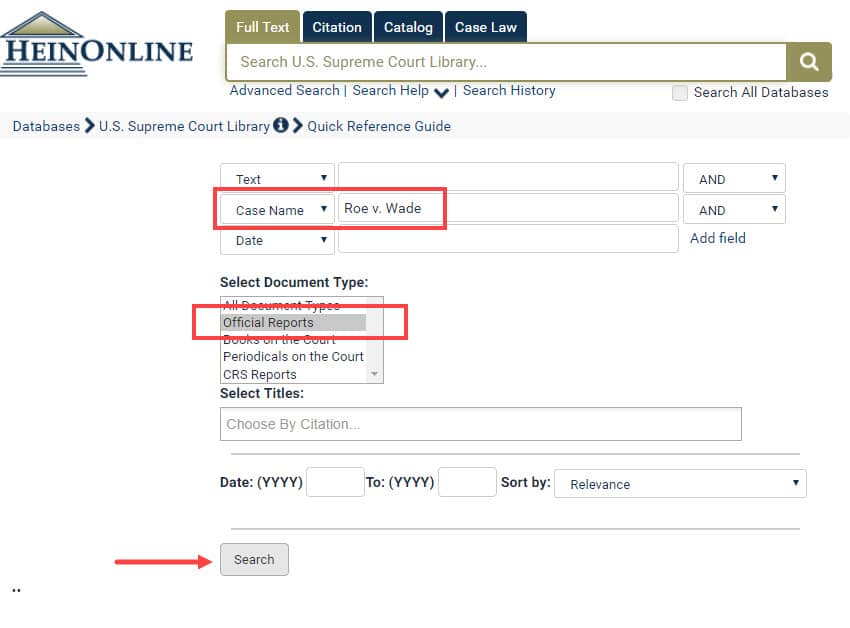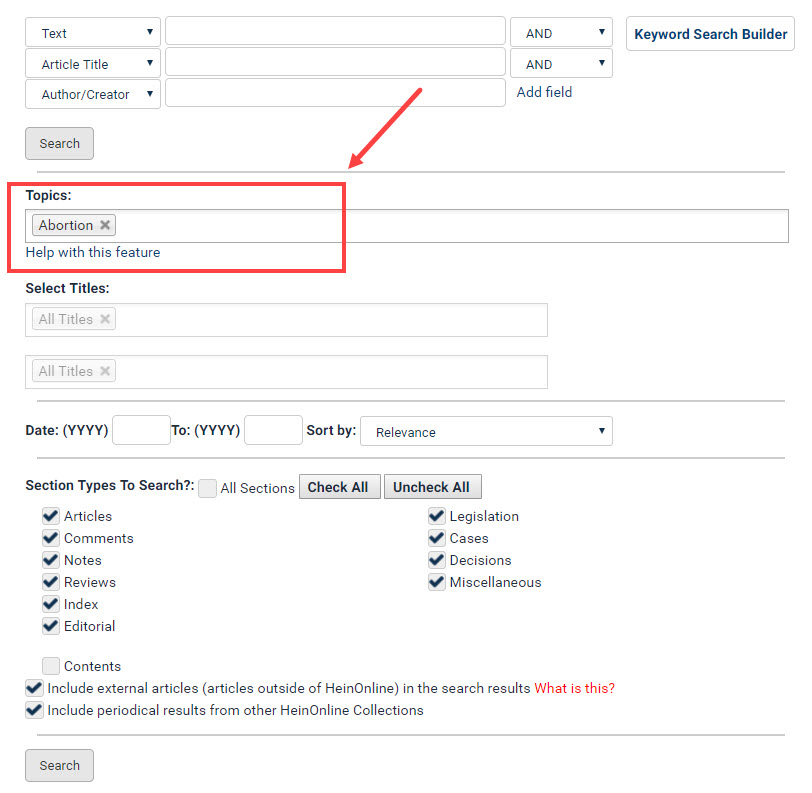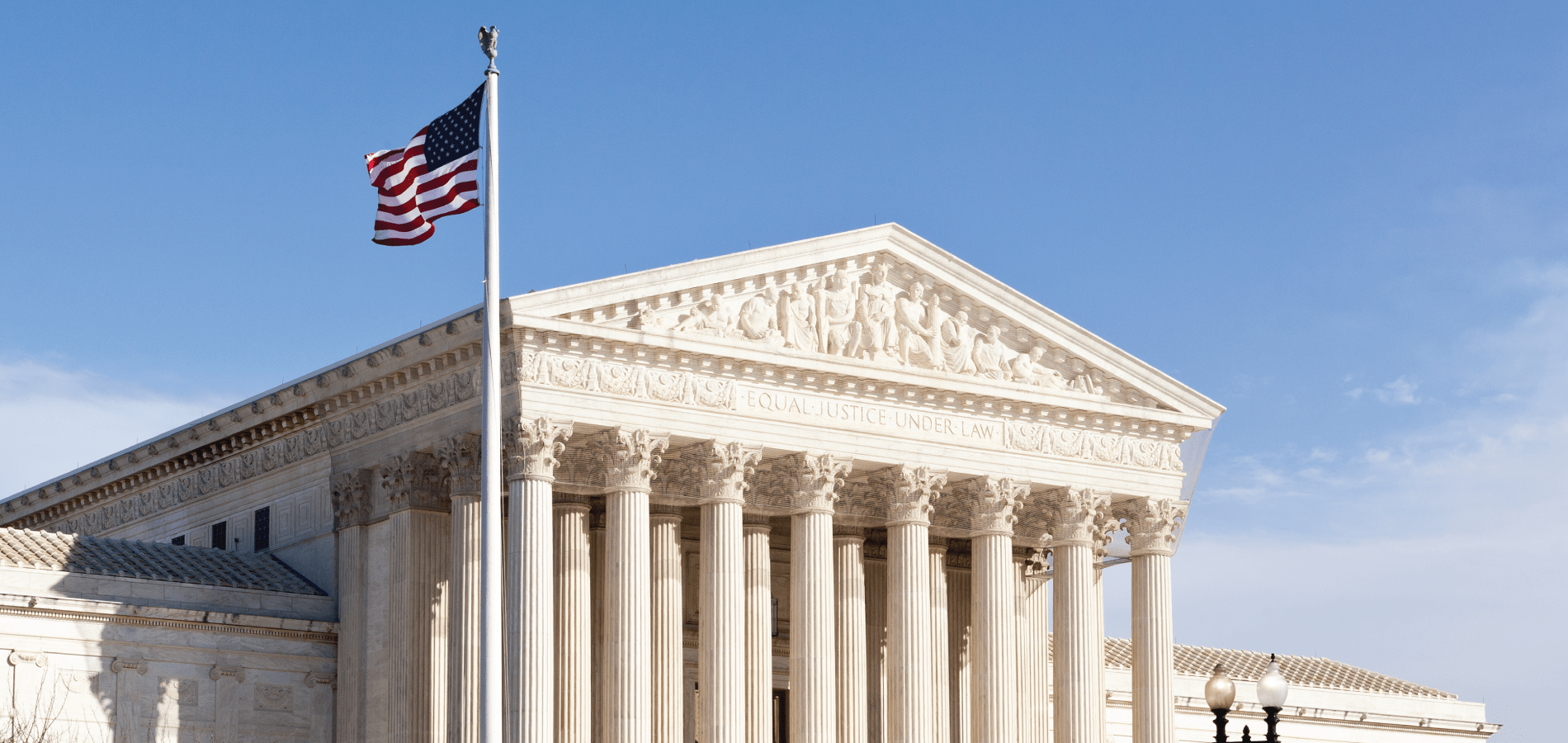Last week, the Alabama legislature passed the most restrictive abortion bill in the United States, which Republican Governor Kay Ivey signed into law. The bill would make it a felony for the doctors to perform or attempt to perform an abortion in the state (although the woman who receives an abortion would not be held criminally culpable or civilly liable). Other states, such as Georgia, Kentucky, Mississippi, and Ohio, have passed “heartbeat bills,” which prohibit abortions after six weeks of pregnancy, which is typically when a doctor can first detect a fetal heartbeat. These laws will likely be appealed, as many violate the undue burden notion of established federal law. The goal of these bills is to push the boundaries of Roe v. Wade and bring a decision from the lower court to the Supreme Court in the hopes of overturning Roe.
History of Roe v. Wade
Back in 1969 in Texas, Norma McCorvey, otherwise known as Jane Roe, became pregnant with her third child, a pregnancy that was unwanted as she was unemployed and depressed. Friends advised her to falsely claim she was raped in order to obtain a legal abortion. Due to lack of documentation or police evidence, she was denied an abortion and later admitted to the fabrication. Following this, she attempted to have an illegal abortion, but the respective clinics were closed down by authorities.
McCorvey was eventually referred to two attorneys, Linda Coffee and Sarah Weddington, who were actively seeking women looking to have an abortion. They filed a case on behalf of McCorvey and “other women similarly situated,” under the alias of Jane Roe. The defendant in the case was Dallas County District Attorney Henry Wade, who represented the state of Texas. In 1970, a three-judge panel declared the Texas law unconstitutional, stating it violated the right to privacy found in the Ninth Amendment.
Roe v. Wade reached the doorsteps of the Supreme Court later that year. They voted to hear the case, as well as Doe v. Bolton, a similar case relating to abortion. Prior to a final decision, the justices heavily discussed the trimester framework and what authority the government had to restrict a woman’s access to abortion based on how far along she was in her pregnancy. Justice Lewis F. Powell suggested the point of viability is when the state could intervene. Justice Thurgood Marshall agreed. Justice William J. Brennan Jr. proposed abandoning the trimester framework and allowing states to regulate the procedures based on safety for the mother.
After much deliberation, on January 22, 1973, the Supreme Court issued a 7-2 decision in favor of Roe and ruled Texas’s abortion ban unconstitutional. The Court’s opinion was informed by the notion of the constitutional right to privacy.
This right of privacy, whether it be founded in the Fourteenth Amendment’s concept of personal liberty and restrictions upon state action, as we feel it is, or, as the District Court determined, in the Ninth Amendment’s reservation of rights to the people, is broad
enough to encompass a woman’s decision whether or not to terminate her pregnancy.
The Court reasoned that outlawing abortion would infringe on the woman’s right to privacy because it could tax the mother physically and mentally, bring psychological harm, and/or force the woman into a distressful life and future. However, the Court also ruled that beginning in the third trimester, the state could legally prohibit all abortions except when necessary to protect the mother’s life or health, in order to protect prenatal life.
To find Roe v. Wade in HeinOnline, navigate to the U.S. Supreme Court Library and click on Advanced Search. Next, enter Roe v. Wade into the Case Name field, choose Official Reports from Select Document Type and search.

Alternatively, users can enter the case citation (410 U.S. 113) into the Citation tab from any page in HeinOnline to pull up the case.

What’s Next
The high court has so far avoided ruling on the current abortion controversy. No public orders have been issued. However, there are two cases pending before the Supreme Court. The first is a challenge to a Louisiana law which requires doctors to have admitting privileges at a hospital within 30 miles of the facility where the abortion is being performed. It is almost identical to a Texas law that the Supreme Court struck down in 2016. The difference? Since that decision, conservative justices Neil Gorsuch and Brett Kavanaugh, have joined the bench.
The second pending case concerns an Indiana law signed by then-Governor Mike Pence that was subsequently blocked from going into effect. That law contains a provision which asserts the state can prohibit abortion that is motivated by the race, sex, or disability of the fetus and requires abortion doctors to inform their patients of this prohibition.
Learn More In HeinOnline
HeinOnline’s Women and the Law database brings together books, biographies, and periodicals dedicated to the role of women in society and the law. This database has a subcollection dedicated specifically to Abortion. Navigate to this subcollection and find relevant titles such as:
- The 25th Anniversary of Roe v. Wade: Has it Stood the Test of Time?
- Abortion in the United States: A Compilation of State Legislation
- The Consequences of Roe v. Wade and Doe v. Bolton
- The Effect of Changes in the State Abortion Laws
- Origins and Scope of Roe v. Wade
- Scope and Myths of Roe v. Wade
- Supreme Court to Review Texas Abortion Case
Next, enter the Advanced Search option in the Law Journal Library. Using the Topics field, search for the word Abortion.

Refine the results by choosing United States from the Location facet and Sort By Volume Date (Newest First).

Relevant results include:
- Taking Abortion Rights Seriously: Toward a Holistic Undue Burden Jurisprudence
- A Positive Right to Abortion: Rethinking Roe v. Wade in the Context of Medication Abortion
- A Critical Review of Ohio’s Unconstitutional “Right to Life Down Syndrome Non-Discrimination” Bill
- The Other Half of the Abortion Right
- The Jurisprudence of Uncertainty: Knowledge, Science, and Abortion
We’re always covering hot topics in the news. Click the Subscribe button located in the upper right-hand corner to receive notifications when new blogs are published.



